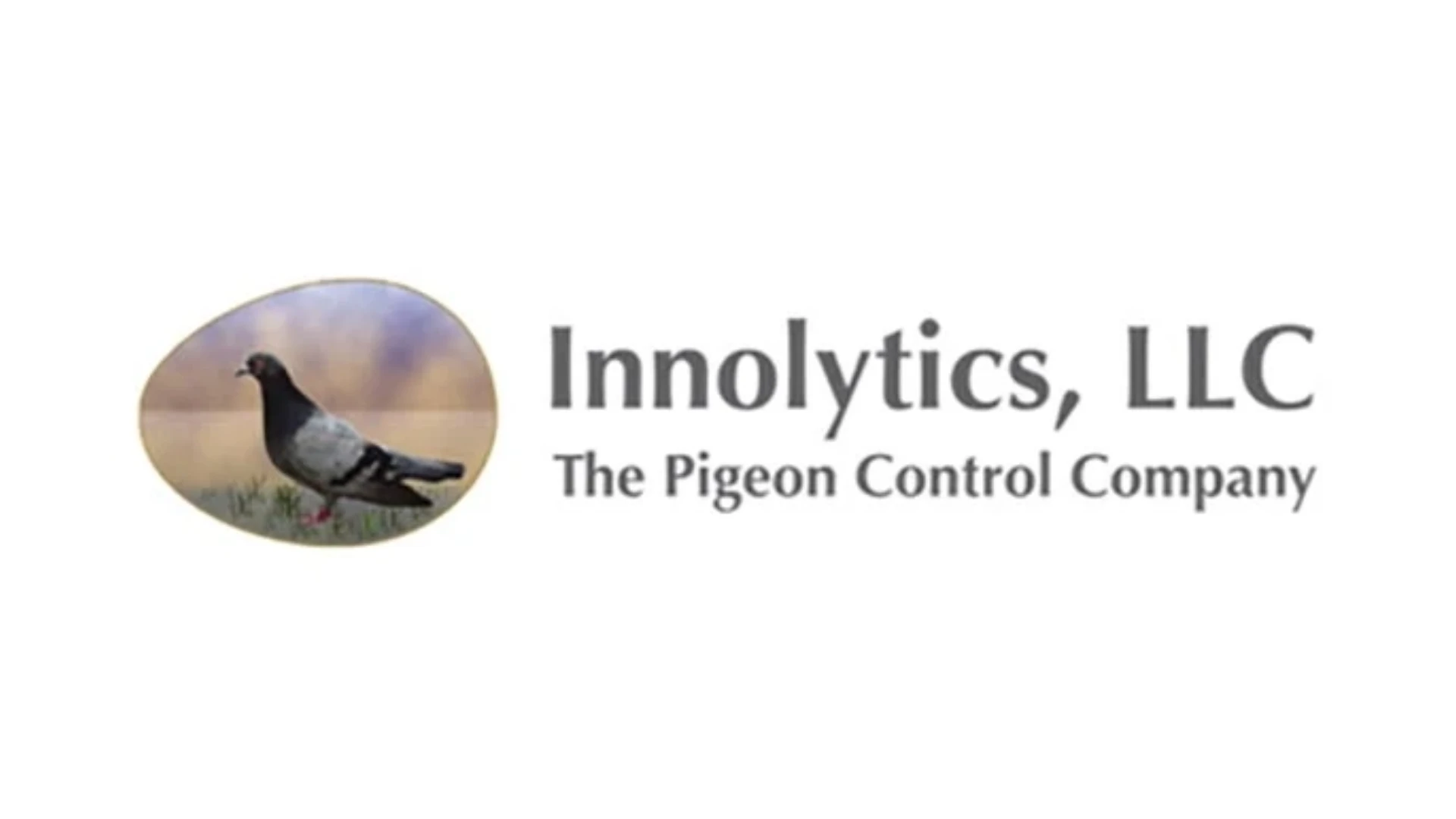A few years ago, I slowly began to realize that our industry was being painted into the proverbial “corner.” As entire classes of pesticide products have been eliminated, the “corner” has gotten smaller and smaller and I fear that we are reaching our limits. While many new products and active ingredients have made their way into the industry, there are limitations on their use and effectiveness, which does little to help us with emerging pests.
Within the past few years an old and daunting foe, the bedbug, has re-emerged and has proven to be a difficult pest to eradicate — which is what customers demand. The other emerging pest is ants and in the minds of our customers, they have easily surpassed cockroaches as the No. 1 pest on their hit list.
In my opinion, there are several reasons why these pests are causing us problems and will continue to do so, considering the current trends in pest management practices and product availability.
BOTHERSOME BEDBUGS. Bedbugs always have been difficult to control. A look at the history of the pest control industry readily points this out — even in those times when pest management professionals could practically “nuke” them — they still topped the list. It wasn’t until the advent of modern pesticides, e.g., DDT, lindane, chlordane, chlorpyrifos, malathion, diazinon, etc., and monthly baseboard applications that this pest disappeared from our radar screen.
During the early ’70s, the USDA Center for Medical and Veterinary Entomology in Gainesville, Fla., maintained colonies of bedbugs for resistance and efficacy testing. Shortly thereafter, the colonies were discarded because bedbugs were infrequently encountered at best.
Over the years, entire classes of products, e.g., chlorinated hydrocarbons, cyclodienes and organophosphates have been lost through reregistration and more recently the Food Quality Protection Act (FQPA). Until recently, I was using one of the last remaining organophosphates, propetamephos, for bedbug control. But when I re-ordered the product I discovered the label was changed and residential sites were no longer listed on the label (without any warning from the manufacturer).
Another major class of insecticides, carbamates, is teetering on the edge of extinction. Bendiocarb, probably the best product for wasp and bee control, is gone (when existing supplies are exhausted). Over the years, labeled residential uses of propoxur have gradually eroded.
What the industry is left with is a plethora of pyrethroids and several new pesticide classes with limited product labels, e.g., baits and termiticides. While this may help us on the war with ants, these products are of limited (if any) value in controlling bedbugs.
Bedbugs have piercing and sucking mouth parts and are not capable of feeding on baits. They feed intermittently on blood and easily can survive months on a single blood meal, thus they intermittently contact residual insecticides. Like cockroaches, bedbugs are cryptic in their behavior, making them difficult to find and treat.
MANY QUESTIONS. Frustrated about our company’s difficulty in controlling bedbugs, I have discussed this with several of my entomologist contemporaries in the industry and found we share several questions regarding the control of bedbugs:
• Do pyrethroids cause repellency in bedbugs, driving them deeper into harborages and/or into adjoining rooms?
• Is there inherent resistance in bedbugs due to previous exposure to chlorinated hydrocarbons or other insecticides used over the years?
• Where is the efficacy data (field data, not petri dish data) to support the registration of currently labeled products for bedbug control?
• What other products may prove effective against bedbugs, e.g., insect growth regulators, other pesticide classes yet to be labeled for indoor use?
Considering the current gap in knowledge about bedbug control we have answered the first two questions in the affirmative and have significant doubts that field data exists. Thus, I find myself looking for products containing an organophosphate or, more likely, a carbamate active ingredient that are labeled for indoor residential use to wage the war on bedbugs. Furthermore, our treatments are aggressive, treating all cracks and crevices with liquid insecticides and dusts. Treatments are repeated monthly and on occasion more frequently depending on the magnitude of the infestation.
WHAT TO DO? The reversion to old products and old strategies to control bedbugs is one of the best examples of how legislation and good intentions may plague the industry down the road. We need to come together as an industry and take steps to prevent ourselves from being painted into a smaller corner. We need to:
• Take steps to prevent the continued loss of entire classes of pesticides.
• Demand that manufacturers support their efficacy labeling claims with field data on pests listed on their product labels — the industry should not be the testing ground. If a manufacturer does not have field data the pest should not be listed because this misleads organizations (EPA, USDA and anti-pesticide groups) looking for alternative products for specific pests.
• Support research, e.g., efficacy studies, on existing products and new active ingredients for the control of emerging pests.
Our industry must be proactive on these issues and find a way to break out of the “corner” and just not wait for the paint to dry.
The author is technical director of American Pest Management, Takoma Park, Md. He can be reached at 301/891-2600 or rkramer@pctonline.com.

Explore the June 2002 Issue
Check out more from this issue and find your next story to read.
Latest from Pest Control Technology
- Neighborly Pest Management Continues Fighting Invasive Pest
- Rollins Reports Q1 Revenues Up 9.9% YOY
- Are You Covering Your Marketing Basics?
- Did You Order Mice With That?
- Arrow Exterminators Opens New Residential Service Center in Metro Atlanta
- CAPMA Hosts 2025 Legislative Day in Sacramento
- Grizz Pest Management Bartends for a Cause
- Rose Pest Solutions Becomes Official Pest Provider of Chicago Fire FC





